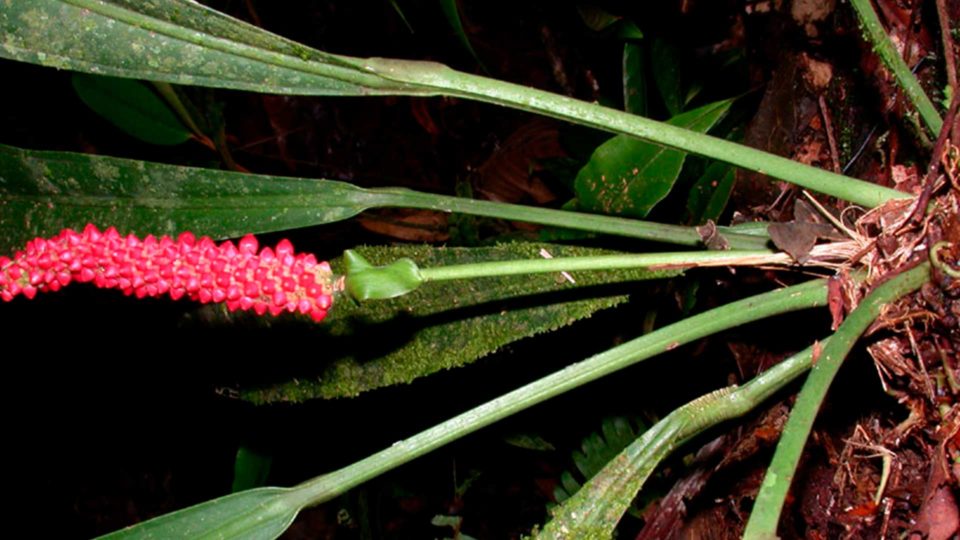Anturios
Distribution: Originally the anthuriums come from the Colombian rainforest. The vast majority inhabit tropical or subtropical climates, although the greatest diversity of this family is found in the forests of the tropical fringes.
Characteristics: The anthuriums are part of the Araceae family, they are plants whose stems are rhizomatous and tubercles, with armored or lanceolate leaves, sometimes perforated, in a very resistant green tone, with parallelinervia, pinnate or webbed nerves and essentially reticulated. Its inflorescences are made up of a spadix and a spathe, the spadices have many white dots and each point corresponds to a flower and the sum of them creates the inflorescence. They are small to very large terrestrial grasses with crawling, tuberous or corms rhizomes, or sometimes slender climbing bushes or climbing vines with aerial roots.
Importance: They are generally grown for their ornamental value, being their flowers of great beauty and variety of colors that make them truly versatile and appropriate for various occasions, giving showy floral arrangements, having a great demand in the national and international market, for their long duration after being cut, being able to last in bloom for 15 to 20 days. They are also known for their decontaminating properties, since it has the ability to absorb the ammonia found in some cleaning products. It is also effective for absorbing, xylene, degreasers, bleaches, fertilizers and tobacco smoke.
These are the native anthurium species of the Lake Yojoa region:
- Anthurium bakeri
- Anthurium concinnatum
- Anthurium crassinervium
- Anthurium gracile
- Anthurium huixtlense
- Anthurium microspadix
- Anthurium pentaphyllum
- Anthurium salviniae
- Anthurium scandens,
- Anthurium schlechtendalii
- Anthurium silvigaudens
- Distribution: Originally the anthuriums come from the Colombian rainforest. The vast majority inhabit tropical or subtropical climates, although the greatest diversity of this family is found […]

